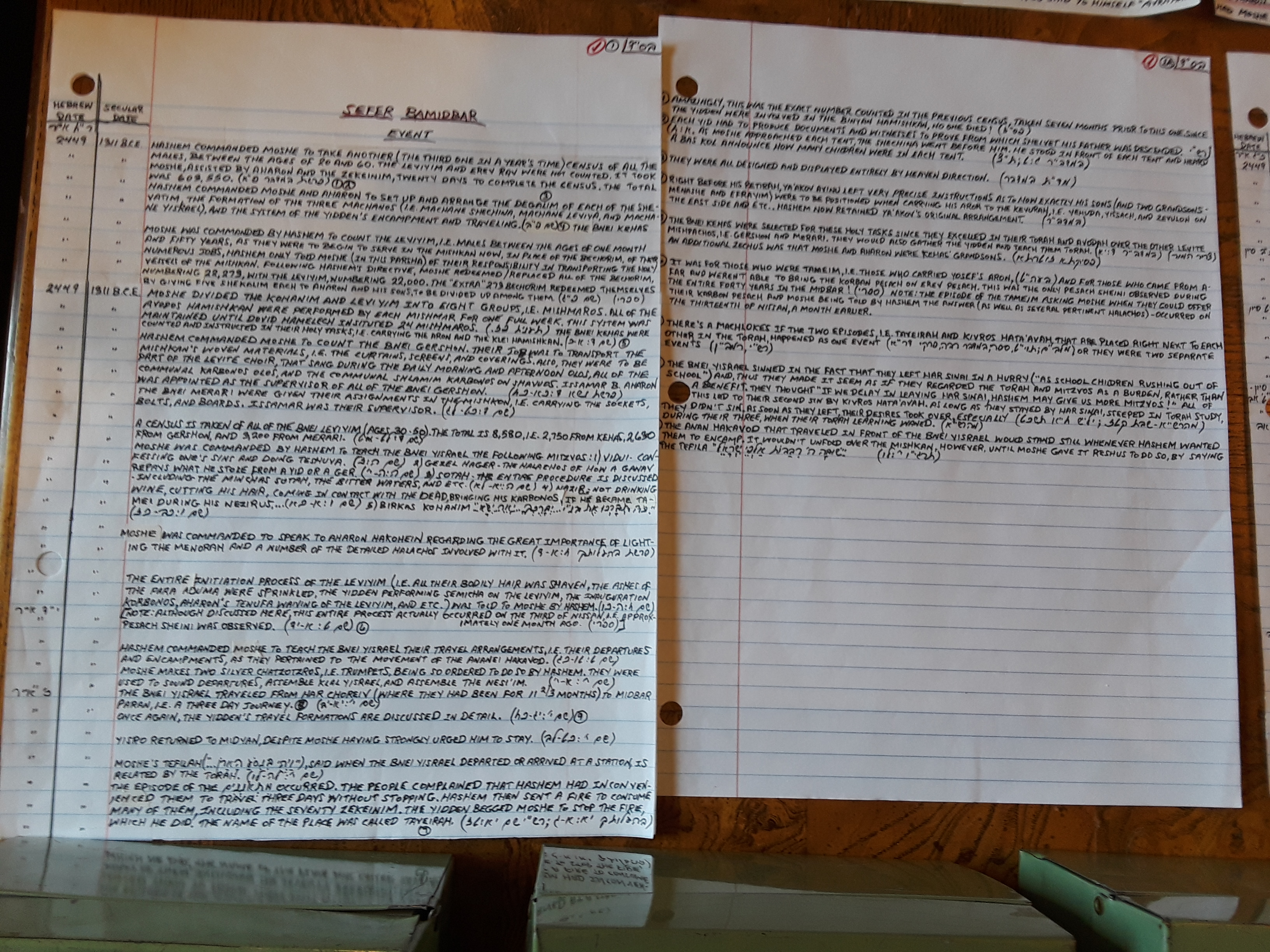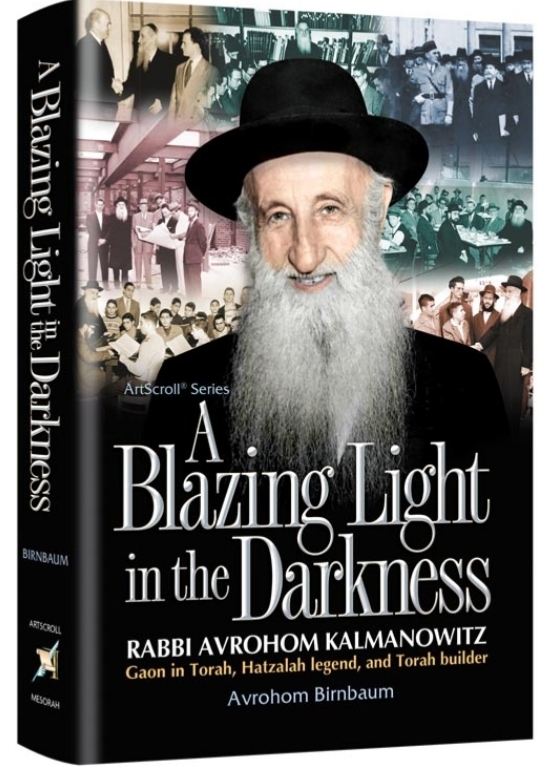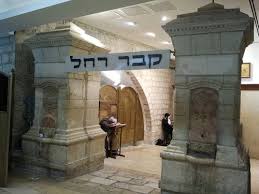Rotation Nation
There are many areas in which the concept of rotation, exchange, or substitution has been shown to have positive benefits. For example, we learn about crop rotation in social studies, where the goal is to help maintain the balance of nutrients for healthy soil. One of the rules is “to rotate plant families from one season to the next so that related crops are not planted in the same spot more often than every three years or so.” Combine this with the concept that “it takes a village to raise a child,” and the text books could read, “One of the rules is to rotate members of families from one season to the next, so related children are not planted in the same spot more often than every three years or so.” You see what we have here? A survival technique for parents across the globe!















